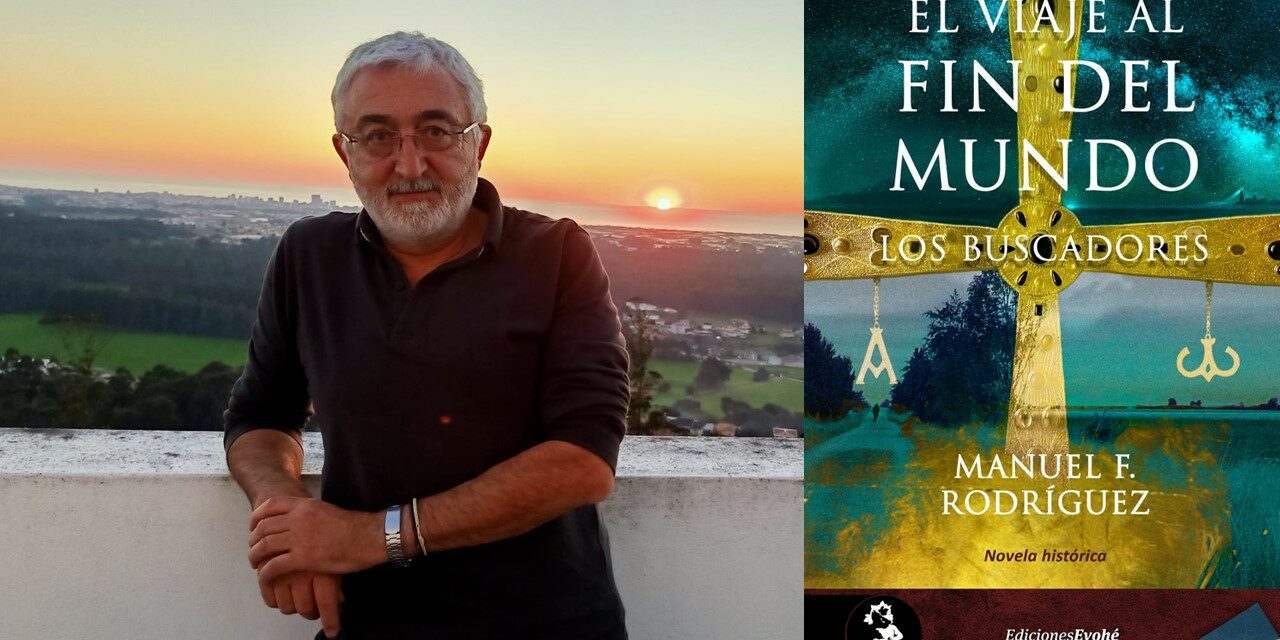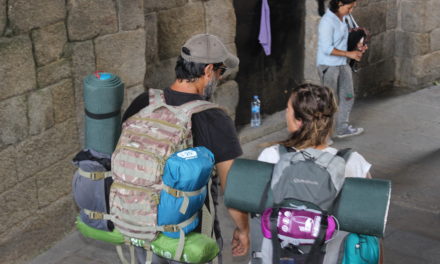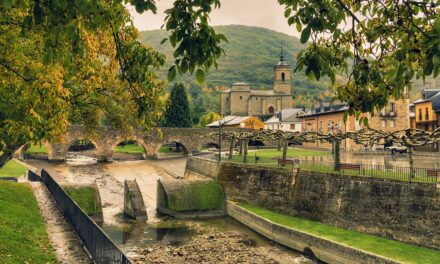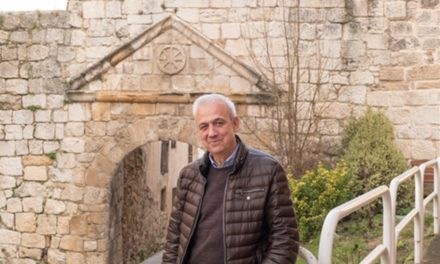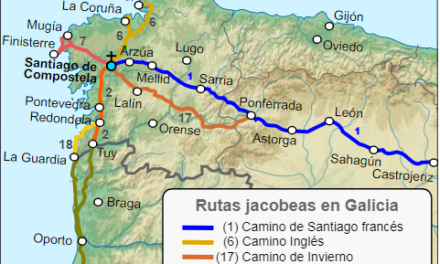-Journalist and technician from Xacobeo specialized in the Camino de Santiago, in recent years you had gotten very close to research… and then you surprised us with a novel. How did the project of writing a novel come about? When did that desire appear?
– The idea for this novel arose in 2006. It was simple, I was a journalist for many years and then I arrived at Xacobeo, a job in which I became interested in the history of the Camino and the history of the Cathedral of Santiago. In that context I became interested in the story of the theft of the cross of Alfonso III and that is where the idea for the novel arose.
Writing a novel responds well to my double need to work and combine journalism and literary writing. Journalism and research are my passions, but the truth is that ever since I was a child I have written all kinds things, including stories, poetry, etc. I always felt the need to have contact with the creative part of writing. And from that desire this first novel came about- first its edition in Galician in 2016, and now the edition in Spanish, this second one produced by me. In reality, it was not just a straight translation, in some way I availed myself of the possibility of polishing the novel somewhat.
-Manolo Rodríguez, from journalism to investigation, from research to literary fiction… But, how much is fiction and how much is journalism and investigation in your novel?
This novel is based on real events, on a theft that occurred in 1906, that of a cross that was revered by pilgrims, as well as on the subsequent fire of the altar of relics in 1921. For this reason, I would say that it is a novel that is fifty percent fiction, fifty percent historical fact. This topic has allowed me to put my passion for investigative journalism into play, but also to move towards fiction, because the cross has never been found and its theft left behind it an important open question.
-The theft of the cross of Alfonso III, the city of Santiago, the Camino as a background… Tell us a little more about the historical plot and the presence of the city of Compostela in your novel…
The essential thing is to remember that no more was ever heard of that cross. It was not at all one of the most valuable artefacts, but it was never clear who stole it, nor what was behind the theft. I researched the topic and I was very surprised by what I read in the press of that time, which published very strange things about it. I became very interested and started writing.
Regarding the city, it undoubtedly played a central rôle of the novel. Almost all of the action takes place in the city of Santiago, much of it in the cathedral, where some of the most important narrative parts take place.
-And what weight does the Camino have in the novel?
The Camino is very present, it is the background that unites everything, the mortar that joins everything together in the novel. The protagonists and the robbery are linked to the Camino. It is not a novel about pilgrims, but the Camino is the symbolic element around which the novel revolves. That’s why the title and subtitle point to that.
-Is the world of the Camino and pilgrims a particularly close reading public for your novel? Did you have a specific audience in mind when writing it?
At first, I didn’t think about the audience, but about what attracted me to that story. Later, once the Galician version had been published, even more so now with the Spanish version, I began to see that the people of the Camino, the pilgrims who are looking for something more on the Camino, who want to know the history of the Camino, who want to know more, going towards the meaning of the Camino, are the natural recipients of this novel. But it is not the only audience, I think readers of historical novels will also like it, because it is a historical novel with a mystery and a search.
-And I end by asking you about your projects, what are you doing at the moment or what future projects do you have in hand?
I think that whoever decides to read this novel will be able to understand what I have in mind, because they will be able to see that the novel is like a journey that takes you to a different place and leads to an epilogue that is almost like a prologue. Now I’m there, that epilogue is there for a reason… That is, the novel itself leaves the door open to a new project in the future.
Furthermore, I am writing another novel, its version in Galician is almost written. It is a novel titled “A muller do horto” (the woman in the garden), with a content that has nothing to do with the Camino, but with a world closely linked to mystery, to a mystery from beyond. It is a very Galician world and one that interests me a lot.

